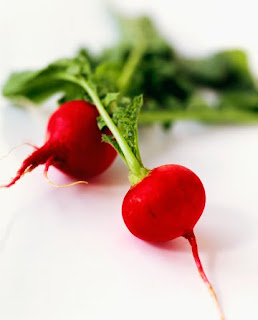
Brooklyn was slammed with a blizzard almost (or was it actually?) a week ago (it’s all a blur, and slush and snow bank). As a result, the long bare azalea bush outside my kitchen window has been decorated with pom-poms. I know that the word pom-poms went out of fashion millennia ago when cheerleading joined the ranks of the un- cool, but this silly word describes perfectly what was hanging from delicate branches suspended over major snow.
So pom-poms? These days? Nope! Birds! Tiny, puffed-up-against-the-chill birds. I’ve been laboring over what to write about next and admit to being not a little derailed by the season and snow. Exhausted not only by the elements but also by all the entertaining as well (the stew with the burdock was a hit), I’m ready to chill (metaphorically speaking). But how can you resist unexpected guests that look plenty hungry? I don’t usually feed birds. Complications generally ensue. Apart from uneaten seeds creating unwelcome and unidentifiable flora in the spring, I would hate to think that I had influenced anyone with feathers against the trip to Florida. Florida sounds pretty good about now. But these creatures made the decision to hang around ages ago and everyone is allowed a rash decision once in a while.
How to set the table for a bird: If you can’t find the bird feeder (I suspect mine is under the snow), pull out a sheet pan and add seed. Done! Birds are delightful guests that rarely complain and always show their appreciation by providing entertainment and, in this case, by cleaning their ‘plate’. I doubt very much that any remnants will be left come spring. What’s more? They entertain too! Apart from the Pom-Poms, there’s been a Cardinal, Morning Dove and a family of Starlings. Such gracious hosts and all I have to do is watch!
Happy New Year everyone. I hope your year is filled with plenty of easy meals and many entertaining moments.













































